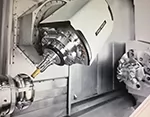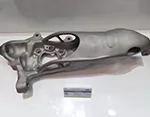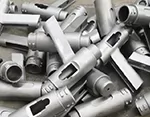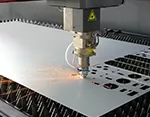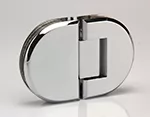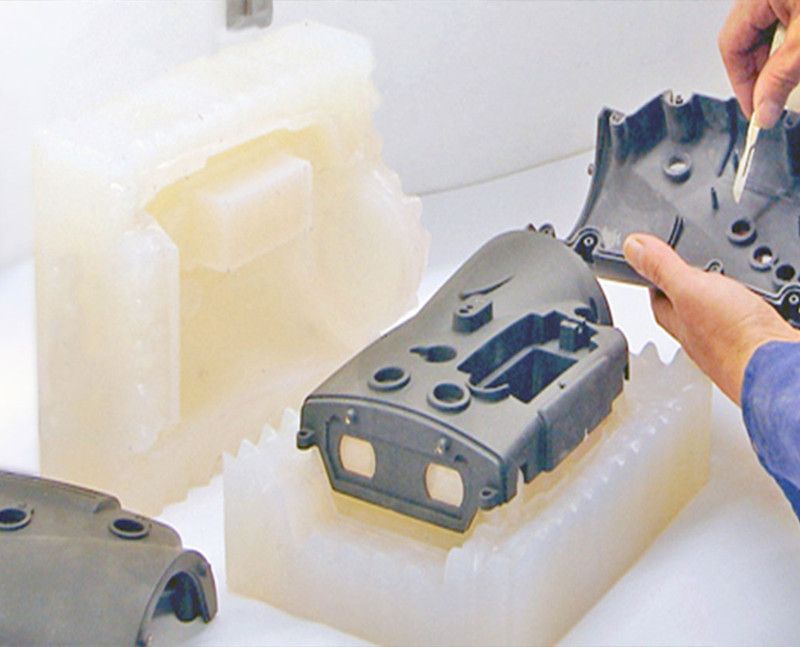-
Service
+
- CNC Precision Machining Service +
- Multi-Axis Simultaneous Machining Service +
- CNC Turning Service +
- Metal 3D Printing Service +
- Rapid Prototyping Service +
- Die Casting Service +
- Sheet Metal Fabrication Service +
-
Finish Serivces
+
- Polishing
- Grinding
- Brushed Finish
- Sand blasting
- Painting
- Powder Painting
- Anodizing
- Hard anodizing Service
- Passivation
- Zinc Plating
- Nickel Plating
- Chrome Plating
- Blackening
- Black Zinc Plating
- Teflon Coating
- Titanium Coating
- DLC Coating
- Laser Marking
- Silk Screen Printing
- Transfer Printing
- Micro Arc Oxidation
- Industries +
- About Us +
- Resource +
- Contact Us
- Quote

-
Service
-
>
-
>
-
>
-
>
-
>
-
>
-
>
-
>
-
- Industries
- About Us
- Resource
- Contact Us
| Name | Applicable Material | Colors | Thickness | Roughness |
| Silk Screen Printing | Aluminium, Steel, Stainless Steel,Brass, Bronze, Copper,Titanium, Magnesium, ABS,HDPE,Nylon, PC,POM,PMMA,PTFE | Black or any RAL code or Pantone number | / | / |
Silk screen printing is the main printing method of porous printing. In this process, the printing plate is in the form of a mesh. When printing, the ink of the plate will be leaked from the hole of the plate to the substrate with the squeeze of the squeegee.
Usually, the wire mesh is made of nylon, polyester, silk or metal mesh.

silk screen printing on metal
Principle
The printing plate will transfer the ink from holes to the substrate by pressure.
Screen printing can print patterns and text on plastic products and metal products. Screen printing is suitable for plastic dials, instrument parts, metal tungsten, metal utensils, metal products, etc. The silk screen printing can also be applied on the anodize aluminium parts.
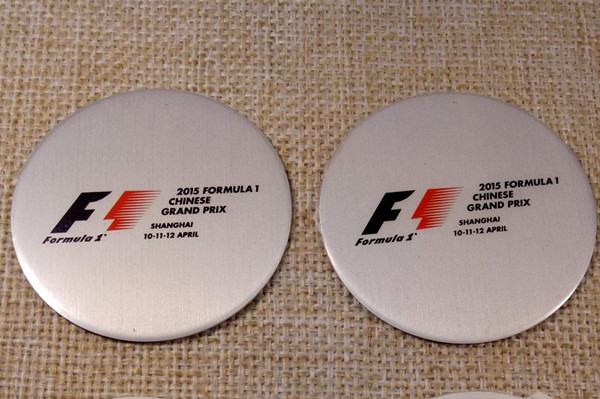
Silk Screen Printing on Anodized Aluminium
Silk screen printing on the anodized aluminum plate
When the aluminium plate was anodized, the surface will form a oxide film which is hard and smooth. The adhesion of the ordinary screen printing inks is poor. But the aluminium oxide screen printing ink is fine, which can be used at this time. This is the key to silk screen printing oxided aluminium parts successfully. The difference of this special ink between the genral ink is that it will adhere to the surface of aluminium plate firmly, and it has good light resistance. This special ink is also the most ideal ink for the silk screen printing of anodized aluminium parts.
The difference between this type of ink and general ink is that it adheres firmly to the surface of the aluminum plate and has good light resistance. This is also the most ideal ink for screen printing aluminum oxide signs.
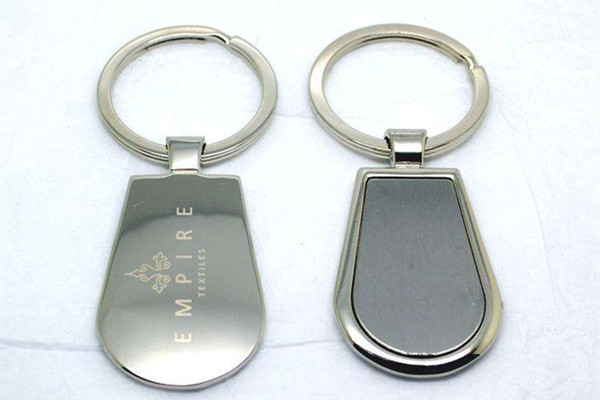
Silk Screen Printing

